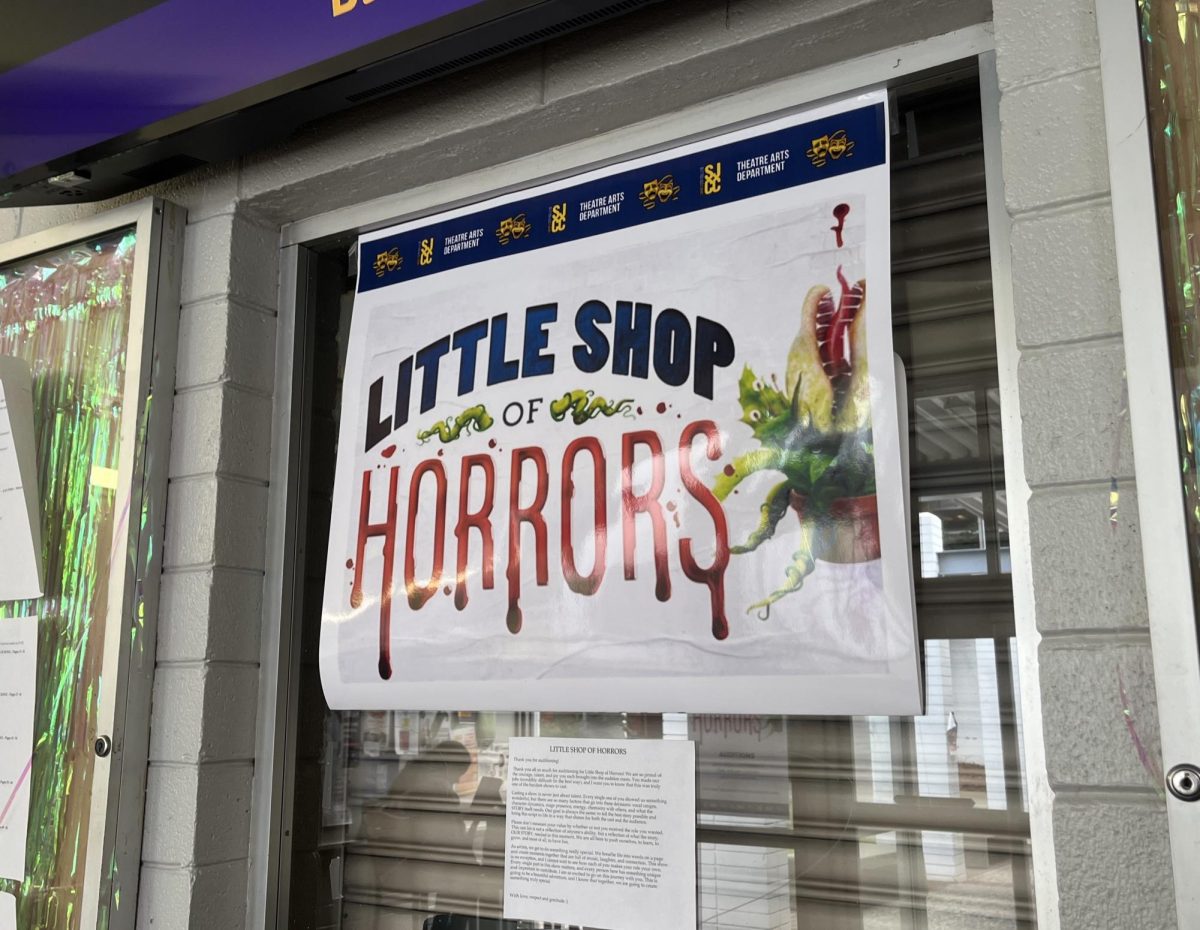With crisp writing and eclectic characters, Harry Potter author J.K. Rowling investigates the malevolence of human nature in her 512-page novel, “The Casual Vacancy,” released Sept. 27.
Set in the fictional, idyllic English village of Pagford, the book, which climbed to the top of the New York Times Best Sellers list during its first week, reads as a reaction to the Harry Potter series, with a noticeable absence of the imaginative and an attention to the minutia of daily life.
The book is set in motion by the death of town councilmember Barry Fairbrother, an advocate for the population of a public housing development.
The death leaves an opening, or casual vacancy, in the council that causes some characters, such as the ambitious attorney Miles Mollison, to scramble for power, while others, such as the fiendish heroin addict Terri Weedon, are caught in the crossfire.
The plot catapults forward following the death, only to grind to a halt a few chapters later.
The momentum returns toward the end of the book, continually building tension, until it climaxes at the plot-equivalent of a nuclear bomb that tangles all of the main characters in a web of death and foul play.
The book’s ending feels forced and melodramatic, leaving the reader without a shred of closure.
Fortunately, Rowling’s characters, an ensemble representative of the town’s various factions, keep the reader interested as the awkwardly paced plot fizzles.
Rowling seems to channel Henry James in the way she examines the relation between characters’ demographics and perspective.
The characters often gravitate to the destructive side of human behavior, including opportunistic sex, drug use and teen suicide.
Rowling flexes her writing wings in the novel, employing lengthy narration and unfettered dialogue to give the reader a clear image of the village.
The novel’s well-developed characters and poignant writing more than compensate for the lackluster plot, earning the book 8 out of 10 stars.






